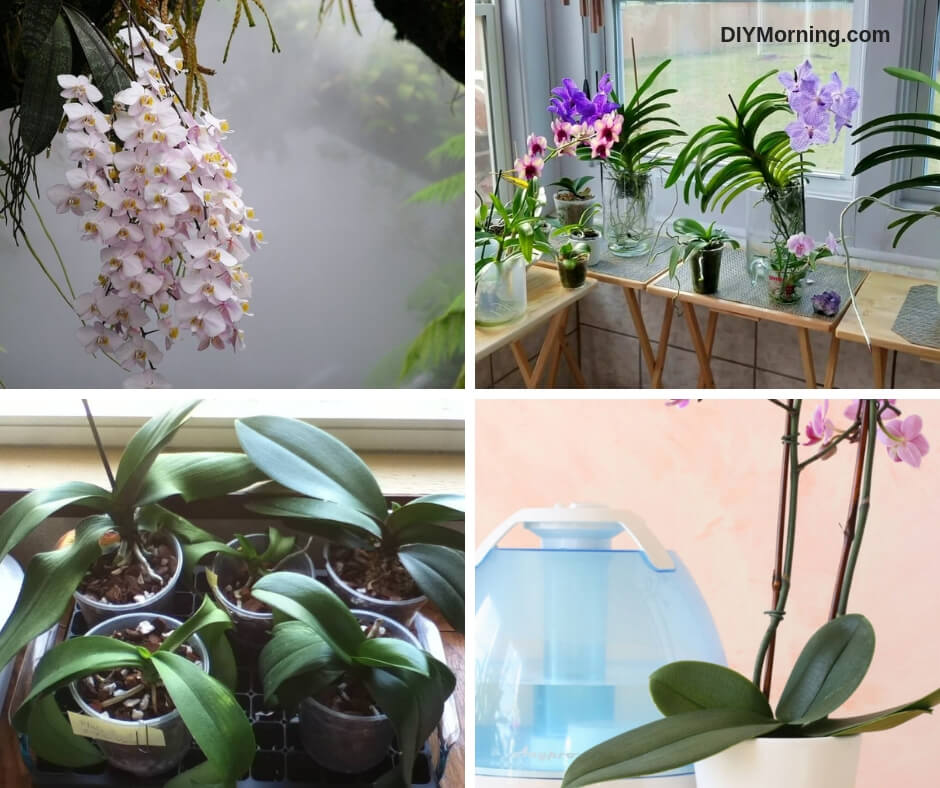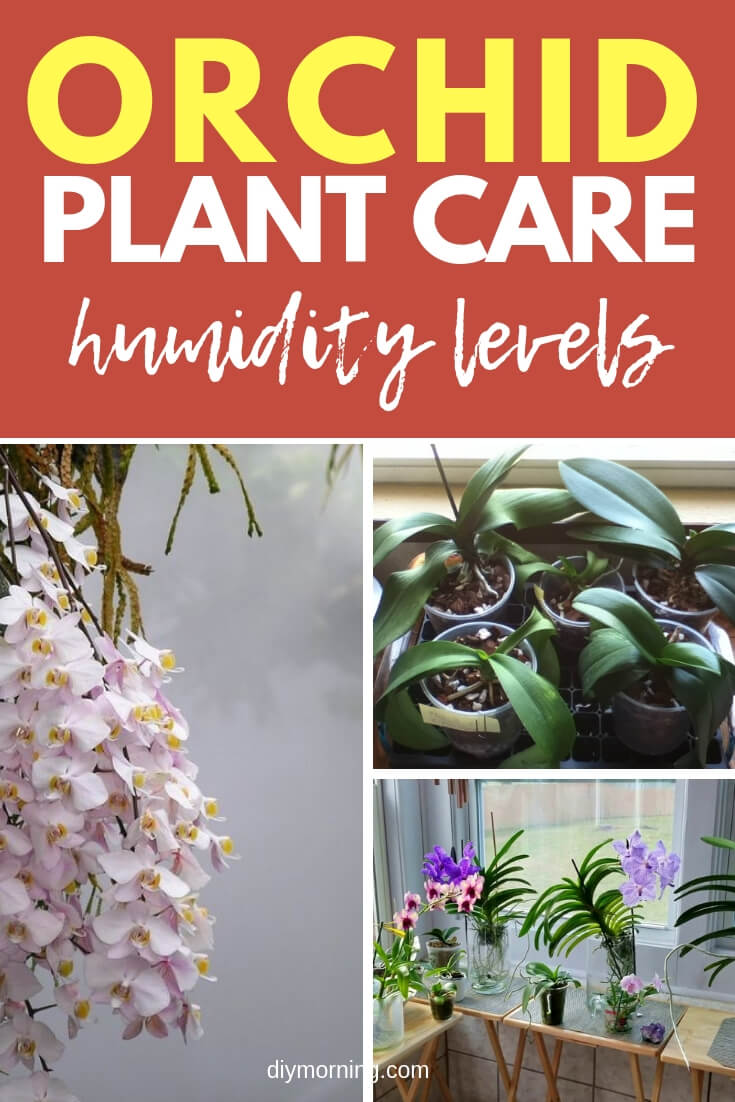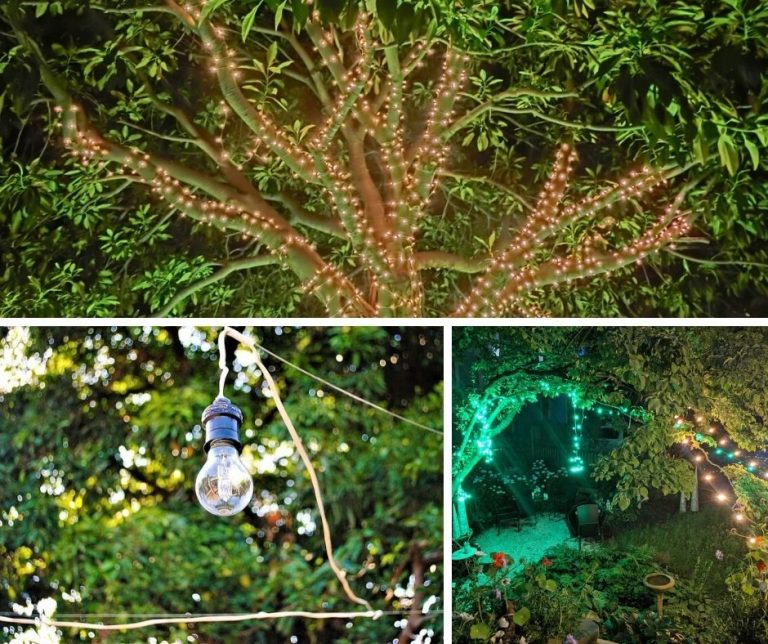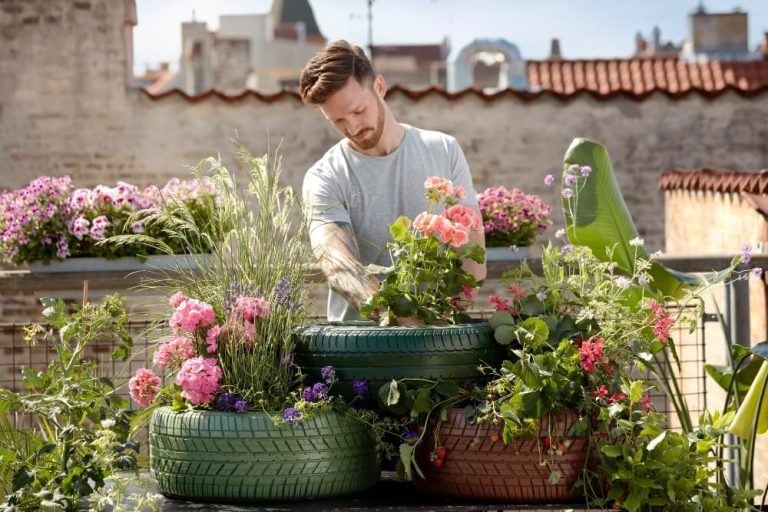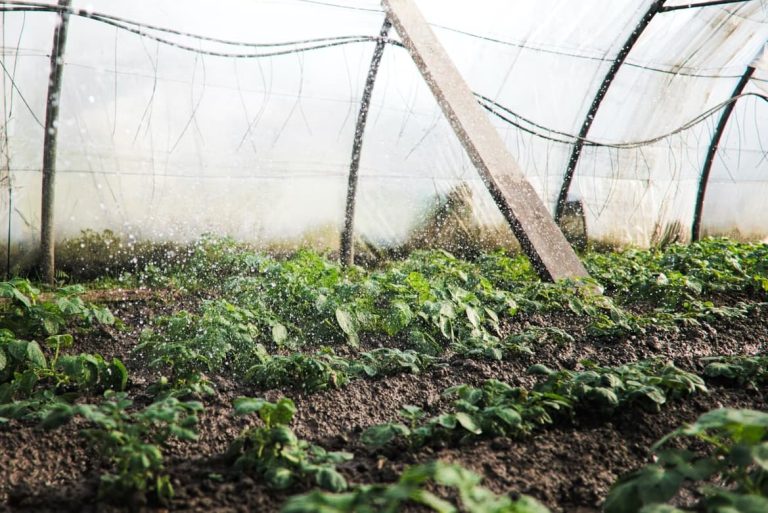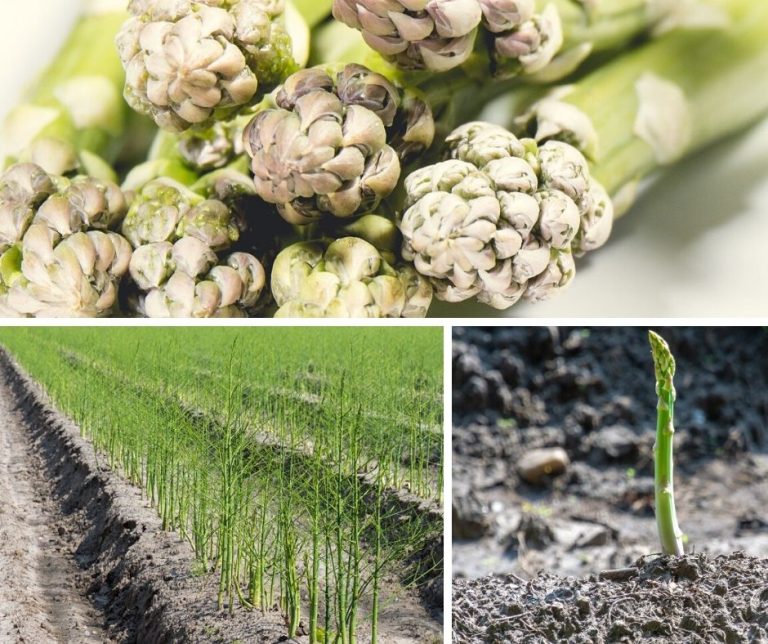Orchid Plant Care – Humidity Levels
Humidity is one of the most important factors to consider when growing or taking care of orchids, for most orchids their ideal humidity is between 50% to 70% for them to thrive.
However, for the other types of orchids, they require less or more than the standard humidity level mentioned. Without proper hydration, orchids can wither fast. Let’s discuss the different levels of humidity and what you can do to help your orchids.
Read: Orchid Care Guide for new growers
Table of Contents
Quick Tips to Keep Track of Humidity Levels for Healthy Orchids
- Consider orchids that suit the humidity level in your home.
- Use a humidistat to monitor the humidity levels of the surroundings.
- Use a humidifier if your home doesn’t meet the orchid’s humidity preference.
- Use a fan to keep your orchids healthy and avoid bacterial and fungal growth.
Orchids Humidity Levels
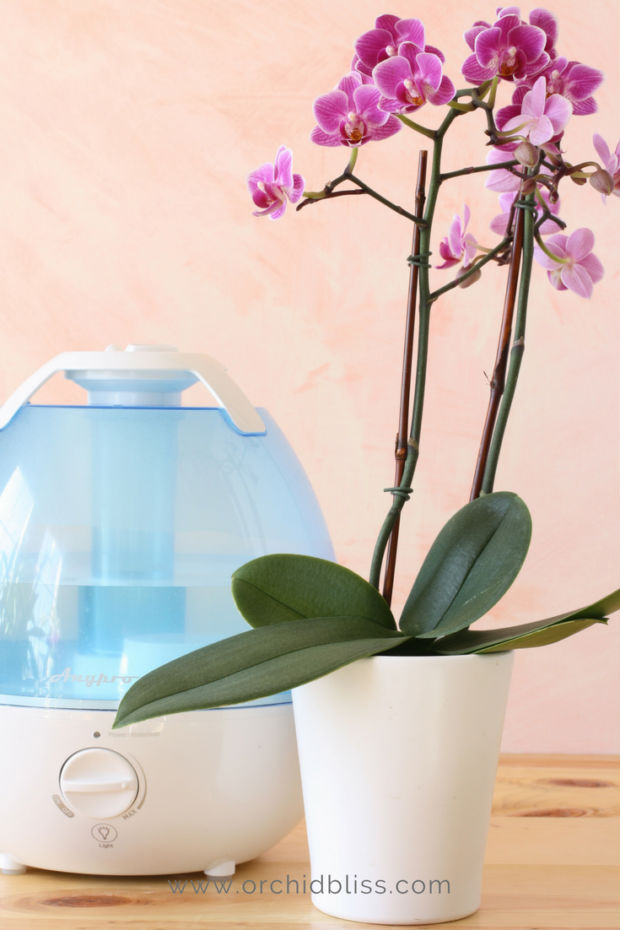
It’s known that most orchids thrive in humidity levels that are between 50% to 70%. You can adjust by finding a place where you can place your orchid and adjust the humidity levels accordingly. If you want to grow orchids and adorn them in your house, we recommend growing orchids that thrive on lower humidity levels.
- High Humidity Levels – Orchids that thrive on higher humidity levels particularly between 50% to 70% can be grown in your homes but you must adjust with its preferred levels, you can use a humidistat to keep track.
- Intermediate Humidity Levels – But if you want indoor orchids, you can opt for orchids that thrive in lower humidity levels that’s between 40% to 50%. Some of these orchids are the Paphiopedilum and Oncidium species.
- Low Humidity Levels – If you live in an area where the humidity levels are relatively low, these orchids can thrive on 35% to 40% levels. Some of these orchids are the Catasetum and the Laelia–purpurata group.
What Happens When Orchids Don’t Get Enough Humidity?
When orchids don’t get enough humidity, this can prove to be fatal to their health. All plants have pores or stomata on their leaves that allow them to absorb carbon dioxide and repel oxygen. If the humidity levels are too low, the orchid will close its pores and stop absorbing carbon dioxide, which basically means the orchid will stop breathing and can cause its death.
Look at your orchid’s leaves if they’re wrinkly or withering, these are signs that the humidity levels around the orchid are too low.
How to Maintain Appropriate Humidity Levels for Your Orchids
Mist Your Orchids
The use of plant misters or plant sprayer is one of the easiest and modest methods to keep your orchids humidified. By using your humidistat, you can check the orchid’s surroundings if the humidity levels are appropriate, if it’s too low you can mist your orchid accordingly.
We recommend not to mist your plants during the evening as temperature during the night drops, these low temperatures mean more moisture and less drying capabilities that can lead to fungal growth and spread.
Utilize Steam
Have you ever noticed that orchids are commonly placed in bathrooms? It’s because the steam that either the shower or the faucet emits, hydrates your orchids passively as they easily soak up the moisture inside the bathroom. However, if your bathroom doesn’t have a window you can move your plant to a different room with indirect sunlight to avoid the growth of fungus and mold.
Use A Humidifier
If you live in an area that has hotter climates, we suggest using a humidifier for your orchids. It’s the most controlled method for increasing the humidity levels around your orchid.
Many humidifiers have built-in controllers that allow you to easily set the humidity levels you want. Always follow the manufacturer’s instructions to avoid unnecessary moisture. You can purchase these in a local store or order one online.
NOTE:
Always check your mirrors or windows for any form of condensation, which shows that it’s too humid and too much humidity can encourage the growth of mold. It’s ideal to use your humidistat in situations like this and you can buy a humidifier with a built-in humidistat for your convenience.
Create an Orchid Humidity Tray
One of the most popular and easiest ways to increase humidity to help your orchids is using humidity trays. It’s an easy and attractive way to humidify your orchids.
Here’s how to make a humidity tray for your orchids:
Fill a tray with gravel or pebbles, then pour water into the tray until it’s halfway full. Make sure that the orchid is on the top of the stones and not submerged in water. The way this works is that the water evaporates from the surface of stones that provide a microclimate of humidified air for your orchid.
Do not let the orchid’s roots submerge in the water, this will cause your orchid to rot and die.
Conclusion
Easily take care of your orchids in terms of humidity in any climate! From low-humidity to high-humidity climates your orchid doesn’t need to settle for less and live an early life as there are many alternatives or ways to keep humidity levels intact in any home, we hope these tips and advice helped you be aware of the importance of humidity levels for orchids. We wish you luck in your orchid endeavors!


